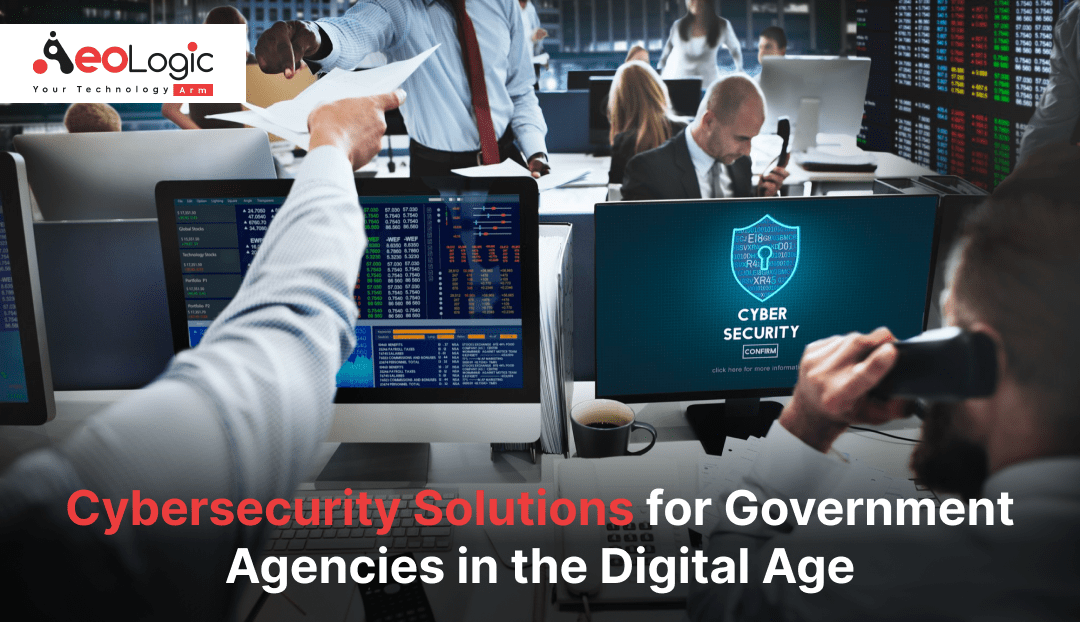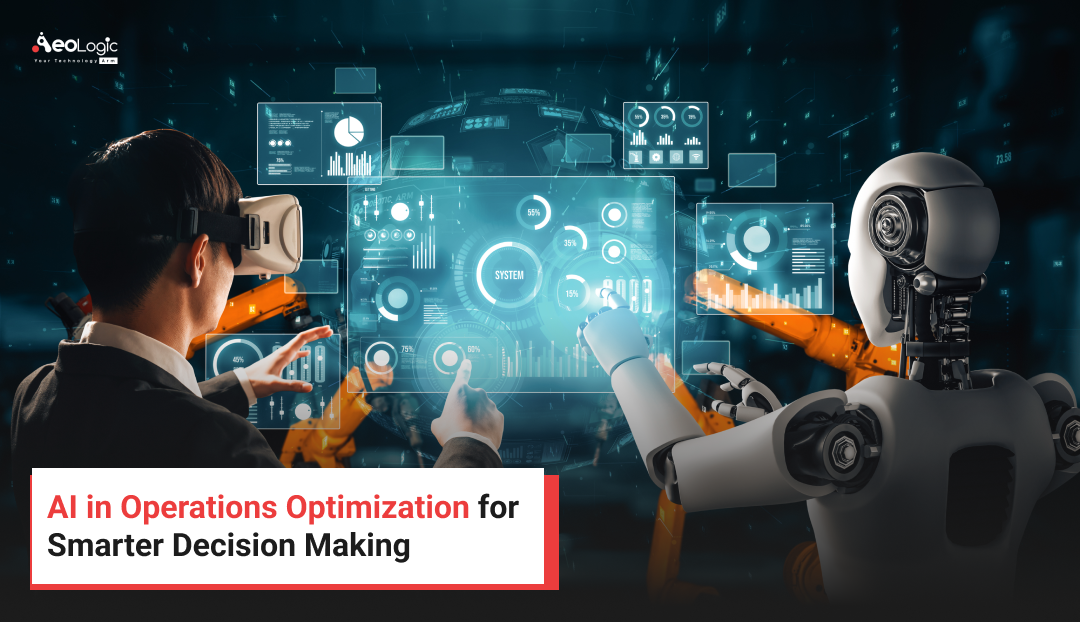In today’s rapidly evolving digital landscape, government agencies are increasingly vulnerable to cyber threats. As public services transition to digital platforms, the volume of sensitive data they handle grows exponentially, making effective cybersecurity solutions for government more critical than ever. In this blog, we will explore the cybersecurity challenges faced by government entities and outline comprehensive solutions to safeguard their systems and data.
Also read: The Importance of Cybersecurity for Digital Transformation
AI in Cybersecurity Solutions for Government Agencies in the Digital Age
AI solutions has transformed our lives, but it also introduces significant cybersecurity risks. Cybercriminals exploit AI to automate attacks, create convincing phishing emails, and generate deepfakes, making detection more challenging. Key threats include automated phishing that tricks users into revealing sensitive information, deepfakes that facilitate fraud, enhanced social engineering tactics, and adaptive malware that evades traditional security measures. To mitigate these risks, organizations should focus on employee training to raise awareness of AI-driven threats, implement advanced AI-powered security solutions for real-time threat detection, collaborate with industry partners to share intelligence, develop and regularly update incident response plans, and promote ethical AI use to prevent misuse. Understanding and addressing these challenges with the help of cybersecurity solutions for government is crucial for safeguarding our digital future.
Understanding the Landscape of Cybersecurity Solutions for Government
Government agencies are prime targets for cybercriminals due to the wealth of sensitive information they possess, including personal data, financial records, and national security details. The rise of sophisticated cyber attacks, such as ransomware, phishing, and advanced persistent threats (APTs), poses a significant challenge. A breach not only compromises sensitive data but also undermines public trust and disrupts essential services.
Key Challenges
Legacy Systems: Many government agencies still rely on outdated technology that is susceptible to attacks. These legacy systems often lack necessary security updates and patches, creating easy entry points for hackers.
Insider Threats: Employees with access to sensitive data can inadvertently or maliciously cause breaches. Insider threats are particularly difficult to detect and mitigate.
Resource Constraints: Many agencies operate with limited budgets and personnel, making it challenging to implement robust cybersecurity measures. This is compounded by the high turnover rates and the need for continuous training.
Compliance Requirements: Government agencies must adhere to stringent regulations and standards, such as the Federal Information Security Management Act (FISMA) and the Cybersecurity Framework from the National Institute of Standards and Technology (NIST). Keeping up with compliance can be daunting.
Comprehensive Cybersecurity Solutions
To address these challenges, government agencies need a multi-layered approach to cybersecurity that encompasses technology, processes, and people. Here are some effective solutions:
Risk Assessment and Management
Conducting regular risk assessments is crucial for identifying vulnerabilities in systems and processes. Government agencies should adopt a risk management framework that helps prioritize risks based on their potential impact. This approach allows agencies to allocate resources effectively and implement targeted security measures.
Modernizing Infrastructure
Investing in modern, secure infrastructure is essential for reducing vulnerabilities. Agencies should consider cloud solutions, which often come with built-in security features and allow for easier updates and maintenance. Additionally, transitioning from legacy systems to more robust, secure applications can significantly enhance overall cybersecurity posture.
Endpoint Security
With the rise of remote work, endpoint security has become paramount. Agencies must implement solutions that protect all devices accessing their networks, including laptops, smartphones, and IoT devices. Endpoint Detection and Response (EDR) tools can provide real-time monitoring and threat detection, enabling swift responses to potential breaches.
Data Encryption
Data encryption is a vital component of any cybersecurity strategy. Encrypting sensitive data at rest and in transit ensures that even if data is intercepted or accessed without authorization, it remains unreadable. Agencies should adopt encryption protocols that comply with regulatory standards.
Employee Training and Awareness
Human error is a significant factor in many cyber incidents. Regular training sessions and awareness programs can help employees recognize potential threats such as phishing emails and social engineering tactics. Agencies should foster a culture of cybersecurity awareness, empowering employees to take an active role in protecting sensitive information.
Incident Response Plans
Developing a comprehensive incident response plan is crucial for minimizing damage in the event of a cyber attack. This plan should outline clear procedures for detection, containment, eradication, and recovery. Regularly testing the plan through simulations can ensure that all personnel are familiar with their roles during an incident.
Collaboration and Information Sharing
Government agencies can benefit from collaboration with other public sector organizations, private industry, and international partners. Sharing threat intelligence and best practices enhances collective cybersecurity capabilities. Initiatives such as Information Sharing and Analysis Centers (ISACs) facilitate timely sharing of threat data and incident reports.
Utilizing Advanced Technologies
Emerging technologies like Artificial Intelligence (AI) and Machine Learning (ML) can significantly bolster cybersecurity efforts. These technologies can analyze vast amounts of data to detect anomalies, predict potential threats, and automate responses to incidents. Agencies should explore the integration of AI-driven solutions to enhance their cybersecurity frameworks.
Continuous Monitoring and Auditing
Implementing continuous monitoring systems allows agencies to detect potential breaches in real-time. Regular audits of security protocols and compliance measures help identify weaknesses and ensure adherence to best practices. Agencies should establish metrics to assess their cybersecurity effectiveness continually.
Also read: Tailored IT Solutions for Modernizing Government Operations
Conclusion
As government agencies navigate the complexities of the digital age, the importance of robust cybersecurity solutions for government cannot be overstated. By adopting a proactive, multi-layered approach that incorporates technology, employee training, and collaborative efforts, agencies can better protect themselves against the ever-evolving cyber threat landscape. Investing in cybersecurity not only safeguards sensitive information but also enhances public trust and ensures the continuity of essential services. In this critical era, it is imperative for government agencies to prioritize cybersecurity as a fundamental aspect of their operations.






